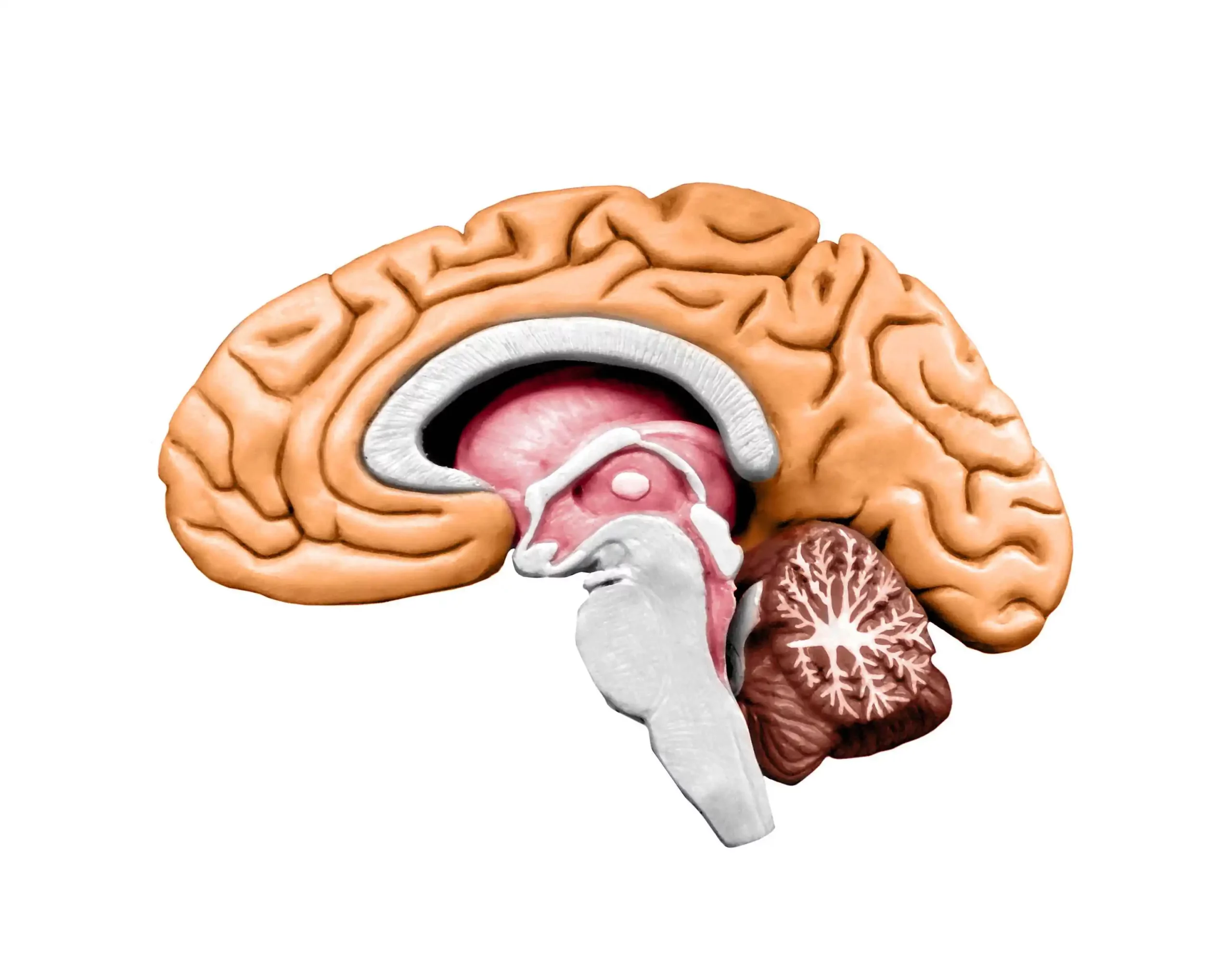Have you ever felt your heart racing, your palms sweating, and your body tensing up before you even realize what’s going on?
That’s your fight or flight response at work. It’s your brain’s natural stress response (survival mechanism), preparing you to face danger—or escape from it.
At the center of this incredible system is a tiny part of the brain called the amygdala. This amygdala is an almond-shaped structure that plays a big role in triggering your body’s alarm system, but it can sometimes overreact.
Let’s look at how this response works, what happens when amygdala activation leads to a “hijack” and overreaction, and how understanding it can help you manage stress and anxiety.

What Is the Fight or Flight Response?
This is your body’s natural reaction to danger and it is designed to protect you from harm. When your brain senses a perceived threat, it prepares you to take action: fight, flee, or freeze.
Imagine you’re walking in the woods and hear a rustling sound in the bushes. Before you even have time to think, your amygdala perceives a threat, then your heart is pounding, your muscles tense, and you’re ready to react.
This automatic emotional response is your brain’s way of saying, “Get ready, something might be dangerous.”
This is how it unfolds:
- Your senses pick up a possible threat (a noise, movement, or visual cue).
- This information travels to your amygdala, which acts as your brain’s alarm system.
- The amygdala triggers your hypothalamus, which sends signals to your body, activating the sympathetic nervous system.
- Stress hormones like adrenaline and cortisol flood your system, speeding up your heart rate, sharpening your senses, and priming your muscles for action.
The entire process happens in an instant, so fast that your logical response would take too long to weigh in.
What Is an Amygdala Hijack?
Sometimes, your amygdala reacts so strongly and quickly that it takes over, bypassing the logical part of your brain (the cortex). This is called an amygdala hijack, and it’s why you might overreact in situations that aren’t actually dangerous.
Consider what happens if you walk into a dimly lit room and spot a dark shape on the wall. Before you can think, your body floods with adrenaline, convinced it’s a spider. Your heart races, your palms sweat, and you feel a wave of fear—only to realize a moment later that it’s just a smudge on the wall.
Or imagine driving at night and seeing a shadow dart across the road. You slam on the brakes, your chest tightens, and your hands grip the wheel, only to realize it was just a branch blowing in the wind.
In both cases, the amygdala hijack occurs and it prioritizes your safety over accuracy. While it can feel frustrating, this response evolved to protect you in life-or-death situations.
The Role of the Amygdala

The amygdala acts like your brain’s security system, always on the lookout for potential danger. It plays a crucial role in brain function, particularly in processing emotions and initiating survival responses.
Located in the temporal lobe, the amygdala detects potential threats, such as a sudden movement or a loud noise, and sends an emergency alert to prepare your body for action.
This process begins with your senses picking up the potential threat and sending the information to the thalamus, a relay station in your brain.
From there, the thalamus quickly passes the information to the amygdala, which processes it much faster than your thinking brain, the cortex.
The amygdala then activates your sympathetic nervous system, triggering the release of stress hormones like adrenaline and cortisol. These hormones speed up your heart rate, heighten your senses, and prepare your muscles for fight, flight, or freeze.
All of this happens in milliseconds, often before your logical brain has even had time to catch up.
When the Fight or Flight Response Overreacts
In our modern world, real physical dangers like wild animals are pretty rare occurrences. But your brain doesn’t always know that.
Your brain can’t tell the difference between a looming deadline or an awkward conversation and an actual life-threatening situation. This is why your fight-or-flight response can sometimes feel overwhelming or unnecessary.
If your amygdala is triggered too often, it can lead to chronic stress or anxiety, keeping your body in a heightened state of alert. Recognizing when this happens is the first step to managing it.
How to Calm an Amygdala Hijack

When you realize an amygdala hijack in your response, try the following strategies:
Deep Breathing: Slow, deep breaths can help calm your nervous system, making sure you are letting your brain and body know that you are not in immediate danger.
Mindfulness: Focusing on the present moment can help re-engage your cortex, allowing you to think more clearly.
Challenge Your Thoughts: Ask yourself, “Is this really dangerous, or is my brain overreacting?”
Progressive Relaxation: Tensing and releasing your muscles can reduce physical tension and help your body reset.
Key Takeaways
The fight or flight response is an incredible survival tool, and the amygdala is at the heart of it. While it’s designed to keep you safe, it doesn’t always get it right.
So, the next time you find yourself jumping at a shadow or feeling overwhelmed by stress, remember: your brain’s just trying to protect you. And with the right tools, you can guide it back to calm.
At Get Reconnected Psychotherapy Services, we specialize in anxiety and stress management. We take a trauma-informed approach to our treatment planning. Book a free 15-minute consultation so we can discuss how we can help.
source https://getreconnected.ca/fight-or-flight-response-explained-how-your-brains-alarm-system-works/

No comments:
Post a Comment